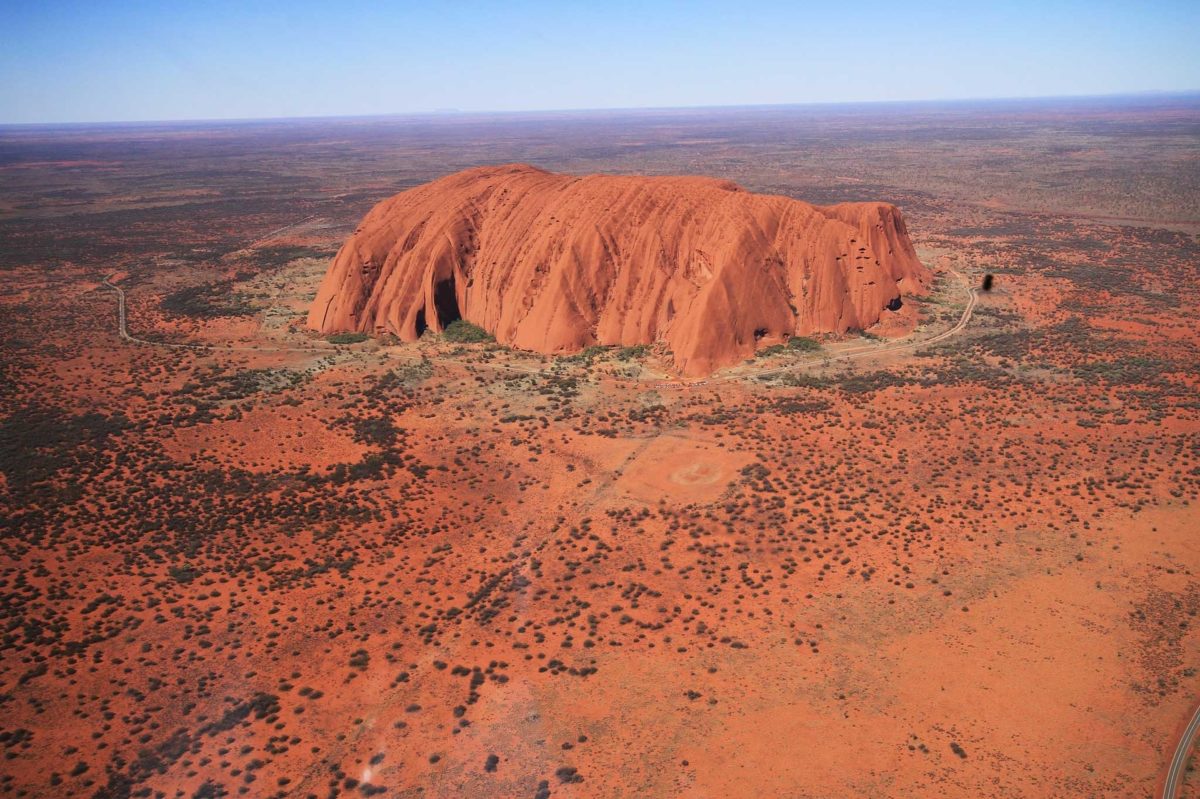From pv magazine Australia.
Ambitious plans have been announced for a 15,000-hectare solar array near Tennant Creek in Australia’s Northern Territory. If built, the 10 GW solar farm would be the world’s biggest solar park and be coupled with a massive battery with an unspecified capacity.
The project would export electricity to Darwin and overseas to Singapore. According to David Griffin, managing director of Singaporean developer Sun Cable, the mega project’s transmission capacity would stand at 2.5 GW and power would be transported via 3,800km of high voltage direct current submarine cables to meet 20% of the city state’s power demand.
“The project will be multi terminal, including a voltage source converter tap in to Darwin,” Griffin told pv magazine Australia. “Darwin will also be the first customer to be connected. There is some nuance to the supply of electricity to Singapore that we are not able to provide detail on at the moment.”
Early stage
Indeed, the project is at a very early stage with environmental approval applications still in the works. While final approvals could take time given its scale and the number of stakeholders involved, Sun Cable is looking to submit the application next year.
Asked about financing, Griffin said that was yet to be determined. “Financial close target date is 2023,” he added. It has been reported, however, the project would come with a $20 billion (US$14 billion) price tag.
Sun Cable has set a timeline to start construction in 2023 with commercial operations to start in 2027. The project is set to employ Australian businesses and personnel and could create thousands of construction and manufacturing jobs.
The company has confirmed its solar partner will be Sydney-based pre-fabricated solar array manufacturer 5B. “The solar technology will be a new variant of 5B Pty Ltd prefabricated Maverick solar farm technology,” Griffin said.
Solar concertina
The Maverick is a re-usable solar array in which modules come preassembled onto concrete blocks which replace conventional mounting structures. A single Maverick is a ground-mounted DC solar array block of 32 or 40 PV modules which can be made with any 60 or 72-cell PV module with a standard frame. With modules oriented in a concertina shape at a 10-degree tilt and electrically configured, each Maverick weighs about three tons. When deployed, each block is 5m wide and either 16m or 20m long, depending on whether deployed with 32 or 40 modules.
5B’s website states its solar portfolio contains no utility-scale projects. The company states it has deployed 2.1 MWp – a total of 62 Mavericks – in only 25 days with a team of three people. By reducing the manual labor required for module installation, the 5B solution looks well suited to remote areas such as Barkley, where the mooted project would be sited.
Government backing
The 10 GW solar farm will be Sun Cable’s first although the team has a history in wind and solar farm development in Australia and South Africa. Griffin has been engaged in developing utility scale renewables projects with other companies and during his time as general manager of Australian Stock Exchange-listed developer Infigen Energy. He is also listed as an investor and director of 5B.
While many aspects of the ambitious scheme still need to come together, state government support is not lacking. Michael Gunner, Northern Territory’s chief minister, said he is a strong supporter. “There is no better place in the world to lead the renewable revolution than the Northern Territory,” said the politician. “We have the guaranteed cloud free days, the land and a government with the vision, plan and will to make it happen.”
The proposal was unveiled just days after the release of the 10 GW Vision for the Northern Territory by climate change thinktank Beyond Zero Emissions.
In #TheTerritory you can dream big & do big. In other places you’ll hear no, in the Territory you’ll hear “give it a go”
worlds biggest #solar farm
worlds biggest battery
And #boundlesssunmeans more
#boundlesspossible @eytanlenko @mcannonbrookes @dalesuzi @SunCable1 pic.twitter.com/HSreNWx6p4
— Michael Gunner (@fanniebay) June 22, 2019
The Barkley project announcement is not the only gigawatt scale project in Australia’s pipeline. A construction ceremony at a project boasting 1.5 GW of solar and 500 MWh of energy storage 100km north of Brisbane was held in February and another massive project was waved through in Queensland two years ago, when Singapore-based Equis Energy secured approval to begin constructing the 1 GW Wandoan South Solar Projects.
Australia’s other mega renewables projects are awaiting a regulatory nod – a 4 GW renewable energy hub for New South Wales has been proposed by Energy Estate and MirusWind. In Western Australia, the 11 GW Asian Renewable Energy Hub is intended to export power to Southeast Asia via subsea cables and supply big miners and green hydrogen projects in the Pilbara region. That project has been put forward by a consortium comprising Vestas, Intercontinental Energy, CWP Energy Asia and Macquarie Group.
This content is protected by copyright and may not be reused. If you want to cooperate with us and would like to reuse some of our content, please contact: editors@pv-magazine.com.




Looking over some of the comments there is plenty of doubt the projects mentioned will pan out. Not so much as actually building the generation facilities, that’s been done time and again. The doubt seems to be as to who or how will this amount of power be distributed. Why is it so difficult to get the power corridors to these projects? Where is the people’s will when it comes to their own infrastructure?